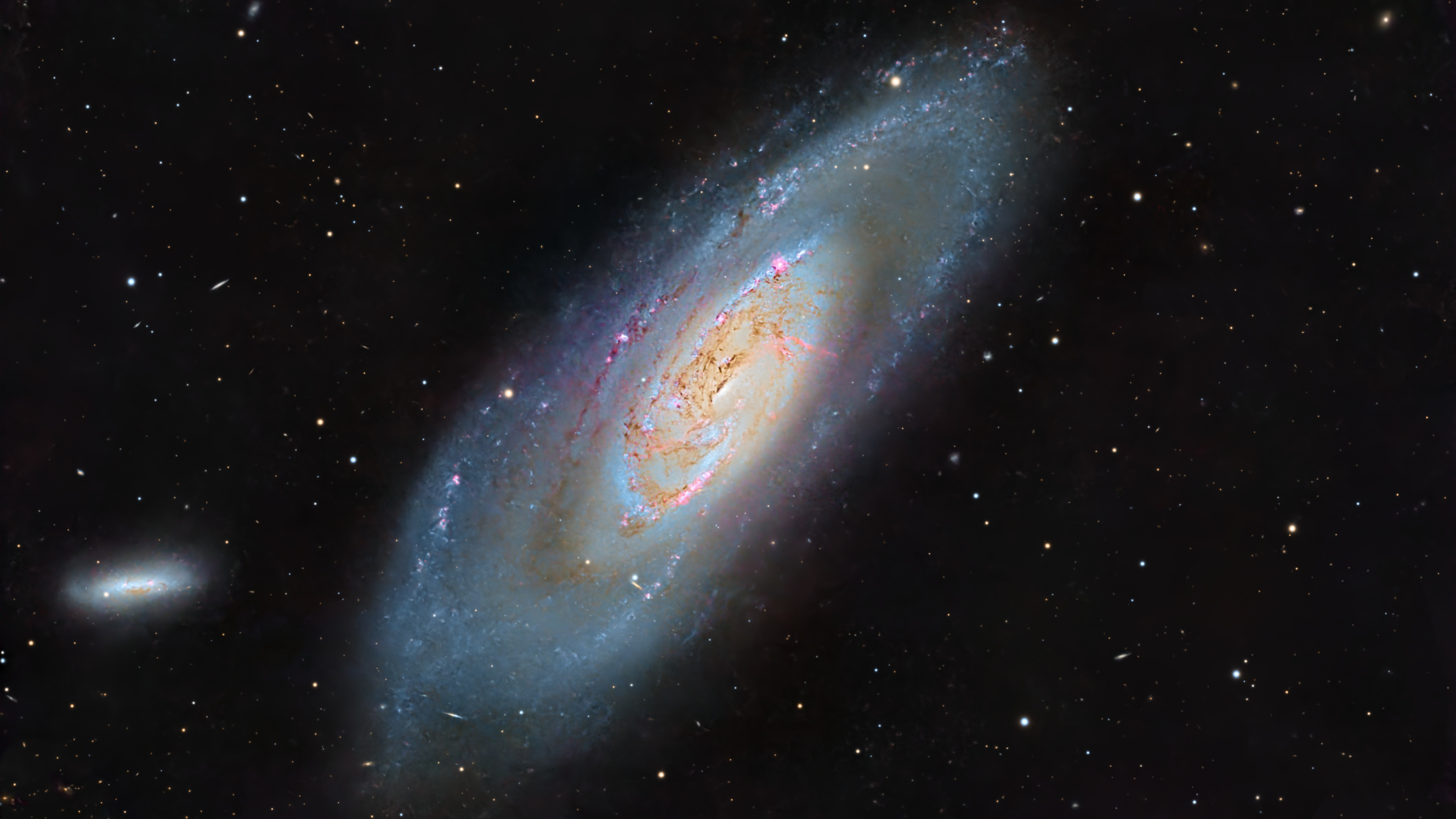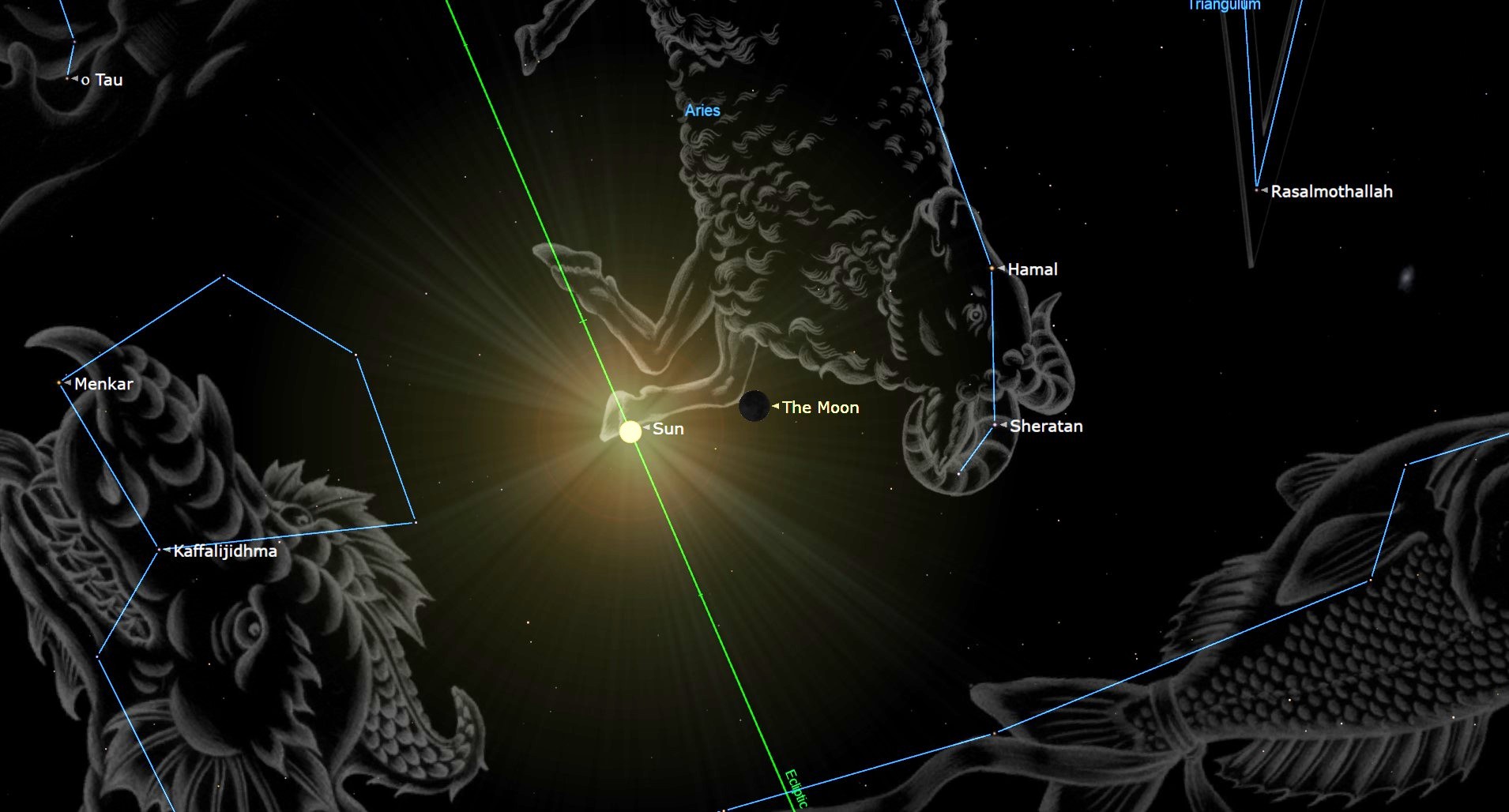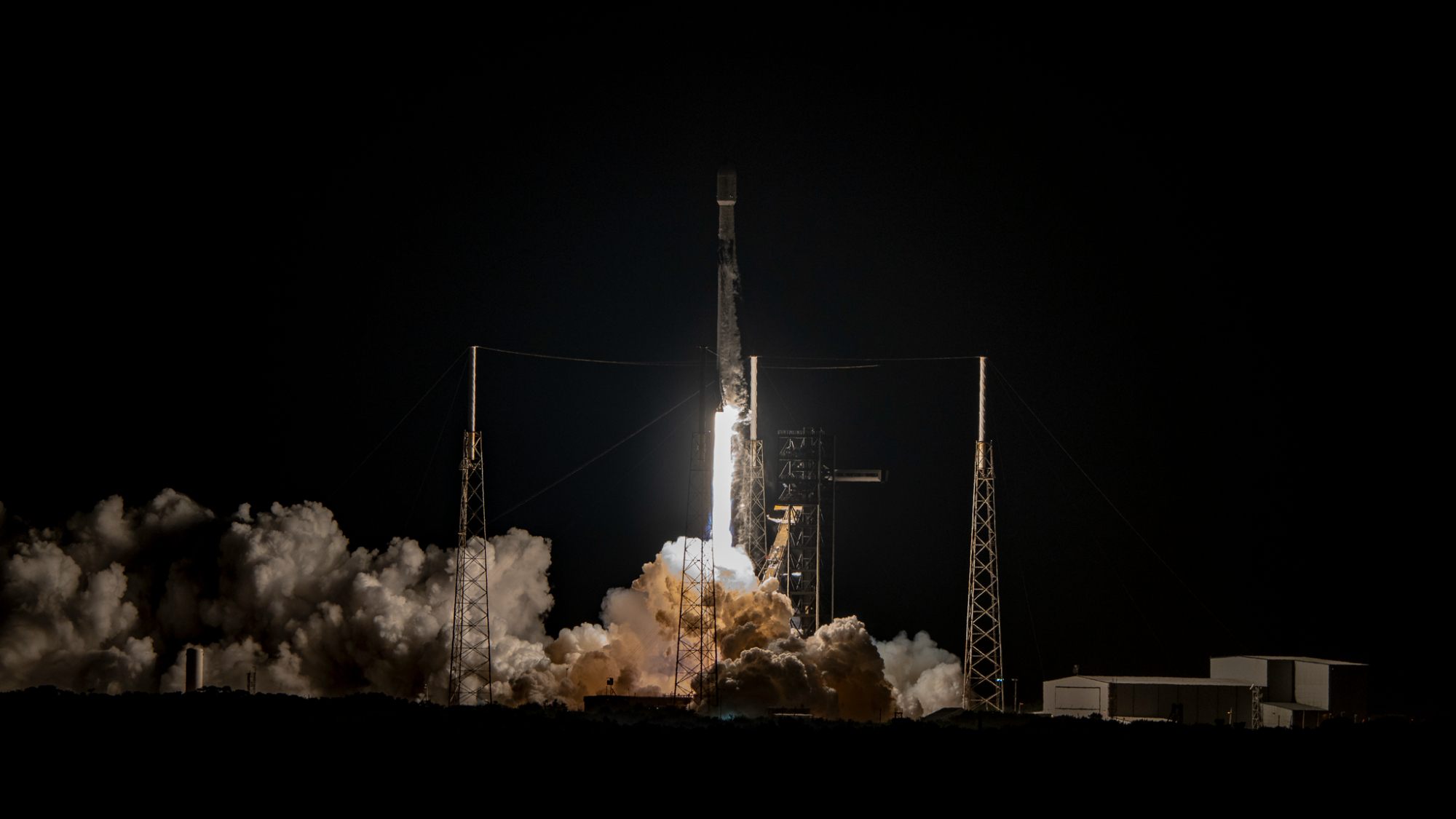Pluto: Solar System's Loss is Collectors' Gain
Text booksaside, there are hundreds if not thousands of products that were or are now onthe market that include Pluto as the ninth planet of the solar system.
OnThursday, 424 astronomers voted to strip the small body of its planethood.Instead, Pluto is now categorized a "dwarf planet," one of hundredsthat might be identified in the coming months and years.
In essence,the International Astronomical Union decided that when it came to planets,eight really was enough.
This may bebad news for Pluto fans, but for collectors, it presents an opportunity.
Ninelittle polystyrene balls
It's theuniversal child's science project: a polystyrene ball model of the solar system.Today it comes in kits with nine balls--one for each planet--ready to be coloredwith the included paint. Soon though, those same kits are likely to startshipping sans a sphere.
The same istrue for mobiles, glow-in-the-dark decal sets, orreries (mechanical models) andcharts of all sizes.
Get the Space.com Newsletter
Breaking space news, the latest updates on rocket launches, skywatching events and more!
An articlefrom the Associated Press suggests modified solar system toys may be on storeshelves in time for Christmas.
Of course,that means a clearance on Pluto products. A Pluto "going out ofbusiness" sale, so to speak.
And whilethese toys and models may attract speculative collectors, they are more likelyto seek items that weren't mass-produced or are older and thus harder to find.
Get youricy Pluto while it's still hot
Considerthe autograph of Pluto's discoverer, astronomer Clyde Tombaugh.
During thenearly 70 years that followed his discovery up until his death in 1997,Tombaugh was generous with his signature. A search of eBay and similar websitesdisplay multiple examples where Tombaugh, in addition to writing his name,wrote a phrase along the lines of "Discovered 9th planet Pluto on 18 Feb1930."
As oftoday, Tombaugh didn't discover the ninth planet. He found the first dwarf, butif you find a signature that is inscribed as such, caveat emptor.
On October1, 1991, the U.S. Postal Service issued a set of ten stamps--one for each planetand Earth's moon--under the title "Space Exploration". The setdepicted the probes that the United States had launched to each body.
Of coursein 1991, as with today, no probe had been to Pluto. So on its stamp, was justan artist rendering of the icy sphere with the caption "Not YetExplored".
In 2006though, NASA did launch a mission to Pluto.
NewHorizons needs a new tagline
On February14, 1990, NASA's Voyager 1 probe pointed back toward the sun and took a seriesof pictures of the sun and the planets, making the first ever"portrait" of our solar system as seen from the outside.
All butPluto, that is.
Thethen-ninth planet's highly elliptical orbit kept it out of the frame forVoyager. Its distance gave even the Hubble Space Telescope a challenge ofresolving any detail on its surface. A dedicated spacecraft to Pluto wasneeded.
Nineteendays into 2006, NASA launched New Horizons, which the space agency dubbed its"first mission to the last planet."
NewHorizons is still on-course for Pluto--it hasn't been diverted to Neptune--and will arrive in 2015. That gives mission planners more than eight years toestablish their new mission statement.
In themeantime, any posters, decals or other promotional paraphernalia with the"last planet" slogan are sure to be sought by collectors.
Thefuture is as fuzzy as Pluto through Hubble
Time willtell how strong the market for Pluto products really is and much of it dependson whether the public embraces the astronomers' resolution or decides to keepPluto a planet, at least culturally.
If thedemotion sticks though, Pluto also runs the risk of being lost among thehundreds of dwarfs that are sure to follow its reclassification.
Whatevermay be, the hot toy this Christmas may just be a polystyrene solar system kit,Pluto not included.
Defining Moments: The Saga's History
- Pluto's Fate to be Decided by 'Scientific and Simple' Planet Definition
- JUNE: Definition of 'Planet' Expected in September
- 2005: Definition Debate: Planets May Soon Get Adjectives
- 2003: Controversial Proposal Would Boost Solar System's Planet Tally to 12
- 2000: What is a Planet? Debate Forces New Definition
Copyright 2006 collectSPACE.com. All rights reserved.

Join our Space Forums to keep talking space on the latest missions, night sky and more! And if you have a news tip, correction or comment, let us know at: community@space.com.

Robert Pearlman is a space historian, journalist and the founder and editor of collectSPACE.com, a daily news publication and community devoted to space history with a particular focus on how and where space exploration intersects with pop culture. Pearlman is also a contributing writer for Space.com and co-author of "Space Stations: The Art, Science, and Reality of Working in Space” published by Smithsonian Books in 2018.In 2009, he was inducted into the U.S. Space Camp Hall of Fame in Huntsville, Alabama. In 2021, he was honored by the American Astronautical Society with the Ordway Award for Sustained Excellence in Spaceflight History. In 2023, the National Space Club Florida Committee recognized Pearlman with the Kolcum News and Communications Award for excellence in telling the space story along the Space Coast and throughout the world.









